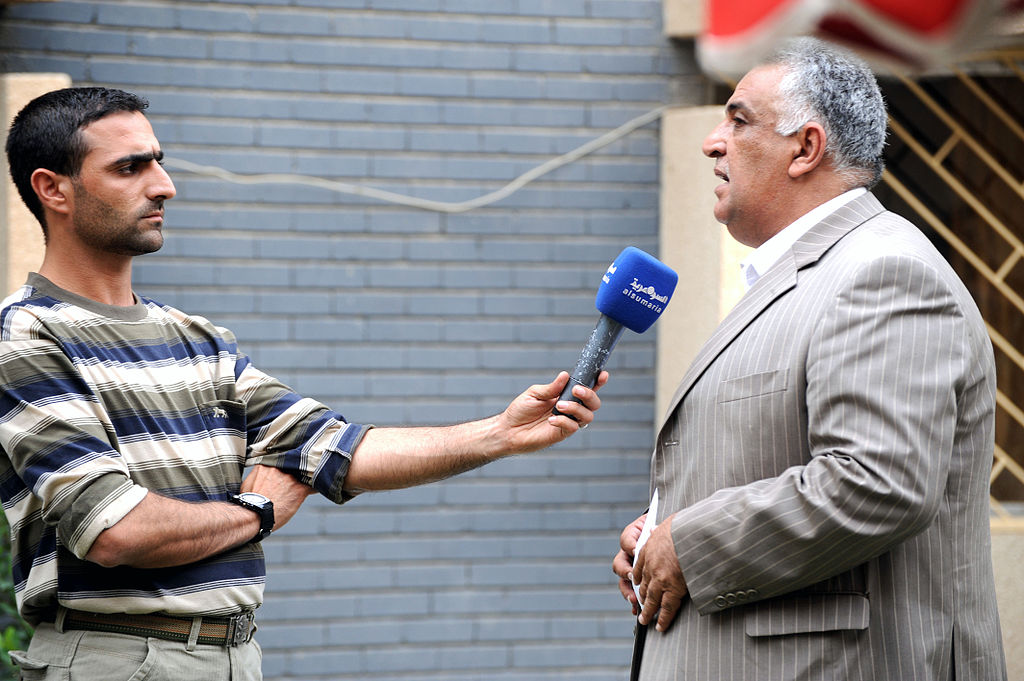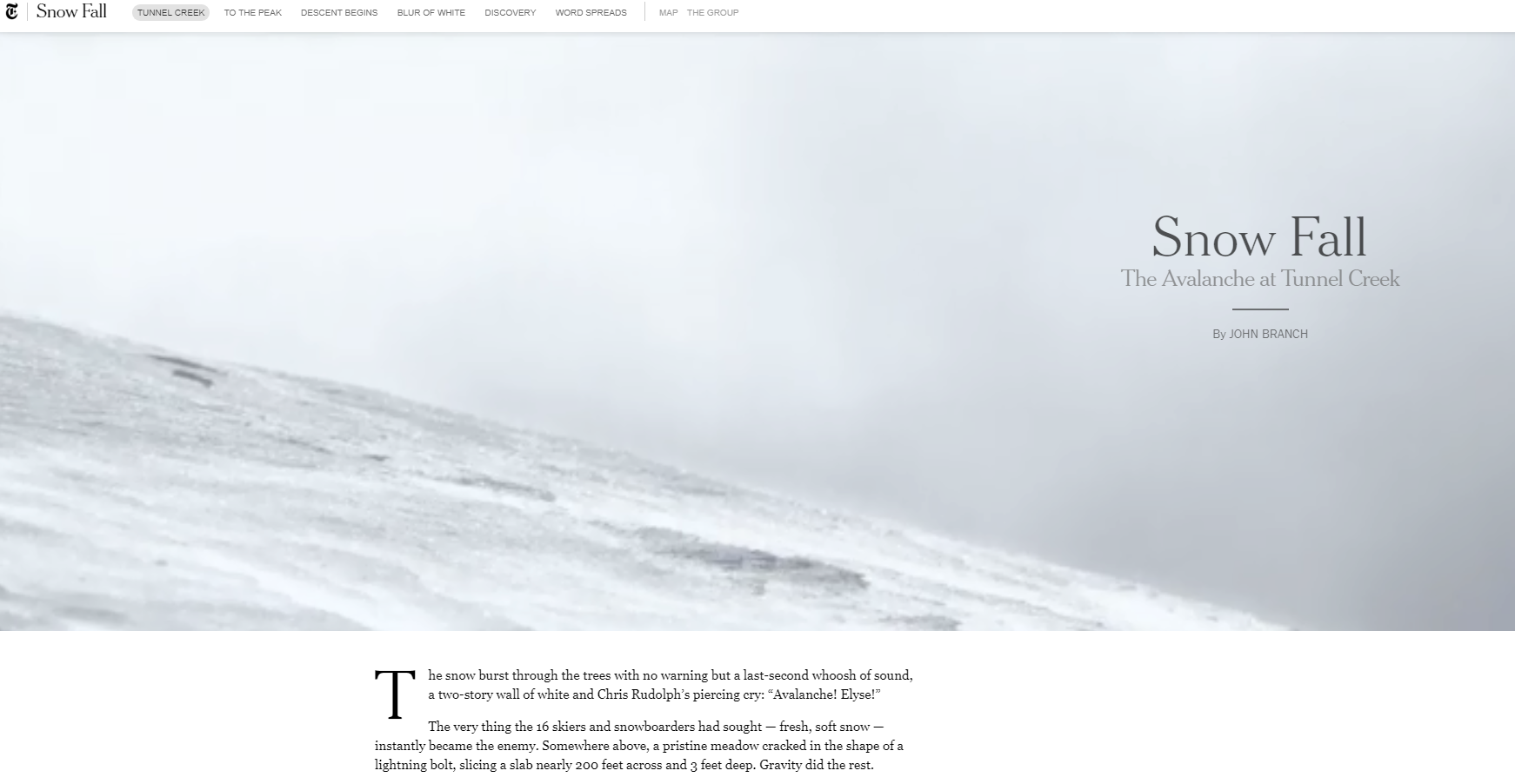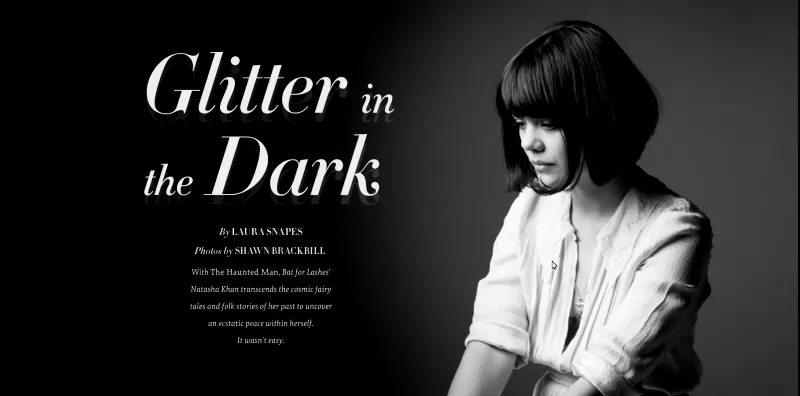It’s a new year, and it’s tempting to focus on the latest content trends.
In 2019 terms like “content management” and “content” are everywhere.
But what do they mean?
And how can organisations use content to better connect with their audience?
I’m a former journalist working as freelance technology writer, and there’s a lot of useful intersection between journalism and marketing content writing.
Or at least, there should be.
Using basic journalism principles in marketing copy makes the piece better. Much better.
It’s doesn’t’ mean subscribing to every new content trend, and it’s not brand journalism; there’s no such thing.
Journalism is journalism and the works are created by reporters with a mandate to hold policymakers, corporates and others accountable. It is their job to give the public the information they need to reach consensus and make informed decisions.

But content writing can draw from the basics of journalism, and when it does it stands out.
Especially in the digital age where you’re competing against numbers like these:
- More than three million blog posts are written each day
- There’re more than 1 billion websites (though only 25% are active)
- Over 40 million photos are uploaded to Instagram daily
So it’s content overload and it’s getting harder and harder to be heard.
Content trends are helpful indicators but having these three basics in place first lets you implement these trends artfully.
Nobody knows what content is but everybody hates it.
Content is one of those overused words that we use all the time but struggle to define.
A plain dictionary definition presents this explanation:
“something that is to be expressed through some medium, as speech, writing, or any of various arts”
Even marketers who joined a Twitter chat, hosted by the Content Marketing Institute, could discuss the meaning of content, but couldn’t fit the idea into a neat box.

While the meaning might not be clear, the goal of content writing is simple.
When done right, content helps your audience and your business in meaningful ways.
What about content management?
A Search Content Management definition refers to the:
…” collection, delivery, retrieval, governance and overall management of information in any format. The term is typically used in reference to administration of the digital content lifecycle, from creation to permanent storage or deletion. The content involved may be images, video, audio and multimedia as well as text.”
This definition gives us something to work with, but a lesson from one of the modern generation’s best writers shows us a more direct link between journalism and content management.
Ignore Content Trends – Manage the Narrative
William Zinsser, one of the best writing minds of the modern generation, discusses the connection between content management and journalism in this American Scholar article.
“Content management. Isn’t that what we used to call “writing”? I’ve been in the content-management business all my life. I look for content that interests or amuses me and then I manage it into a narrative. It’s what all writers do if they want to keep paying the bills.”
He noticed many young writers wrestled with managing that narrative.
His students wanted to study digital media or “electronic journalism”, but they overlooked the basic tenets of story structure.
“Garbed in so much fancy labeling, they forget that journalism is just plain old content management. They return from a reporting assignment with a million notes and a million quotes and no idea what the story is about.”
Zinsser points to a potential culprit.
“The reason, I assume–and I don’t expect a Nobel Prize for this deduction–is that people now get their information mainly from random images on a screen and from random messages in their ears, and it no longer occurs to them that writing is linear and sequential; sentence B must follow sentence A. Every year student writing is a little more disheveled; I’m witnessing the slow death of logical thought.”
How do we apply Zinsser’s wisdom to marketing copy?
Tell the story in a way that’s easy to follow.
Include a good headline and a compelling intro.
In journalism 101, they tell you about the five w’s and one h:
- What
- Where
- Who
- Why
- When
- How
I remember cramming them all into my intro when I started out in the newsroom, and that type of lede is still practical for some types of news articles; however, the framework on its own is a powerful template for directing marketing content.
Ask these questions when crafting your content and answer them clearly when writing your intro.
Find Your Unique Angle
When you work for a newspaper you’re up against stiff competition. Other newspapers, broadcast media, and social media.
An old topic with a new angle can help you stand out.
Therefore identifying a unique angle is critical in this endeavor.
Deane Barker, in this article of O’Reilly, provides structure to the “editorial process”.
“This process is what humans do to prepare information for publication to an audience. It involves modeling, authoring, editing, reviewing, approving, versioning, comparing, and controlling.
“The creation of a news article, for example, is highly subjective. Two editorial teams, given the same information, might develop two completely different news articles due to the human factors involved in the editorial process.”
Barker lists the following points in the process:
The creation of content pivots largely on the opinions of human editors:
- What should the subject of the content be?
- Who is the intended audience of the content?
- From what angle should the subject be approached?
Selecting your unique angle – maybe it’s a different viewpoint or the discussion of a new data to an older debate – presents a fresh perspective to the reader.
Digital Tools Augment Well-Crafted Content
The thing with writing in the digital age is that now also have access to digital tools that can enhance our writing/content.
We are not bounded by the limits of paper.
This is where it’s useful to explore some of the content trends, and how they enhance the content you;ve now already researched and written.
If you’re looking for inspiration, more media houses are using the web to tell visually striking stories.
The most famous of these examples is Snow Fall by the New York Times.

Pitchfork created a beautiful piece of digital storytelling with this profile on Bat for Lashes.
This is why I am learning web development and why I think content writers should at least know some basic HTML and CSS.
But if you don’t have the time for the right now, you can easily add images, video, quotes and other visually striking elements to your page to enhance the writing.
This is why I think digital content writers have the best of both worlds. You can create something magical with great writing – and data – and package into a visually attractive piece.
A Content Writing Lesson from Goldilocks
Digital tools enhance great content, but it might be useful to end as we began: with a lesson from the master.
Willia, Zinsser had the following advice for writers.
“As a journalist,” I tell my despairing students, “you are finally in the storytelling business.” We all are. It’s the oldest form of human communication, from the caveman to the crib, endlessly riveting. Goldilocks wakes up from her nap and sees three bears at the foot of her bed. What’s that all about? What happens next? We want to know and we always will.
“Writers! Never forget to tell us what’s up with the bears. Manage that content.”
Featured image credit: C.A.D.Schjelderup [CC BY-SA 4.0], from Wikimedia Commons

